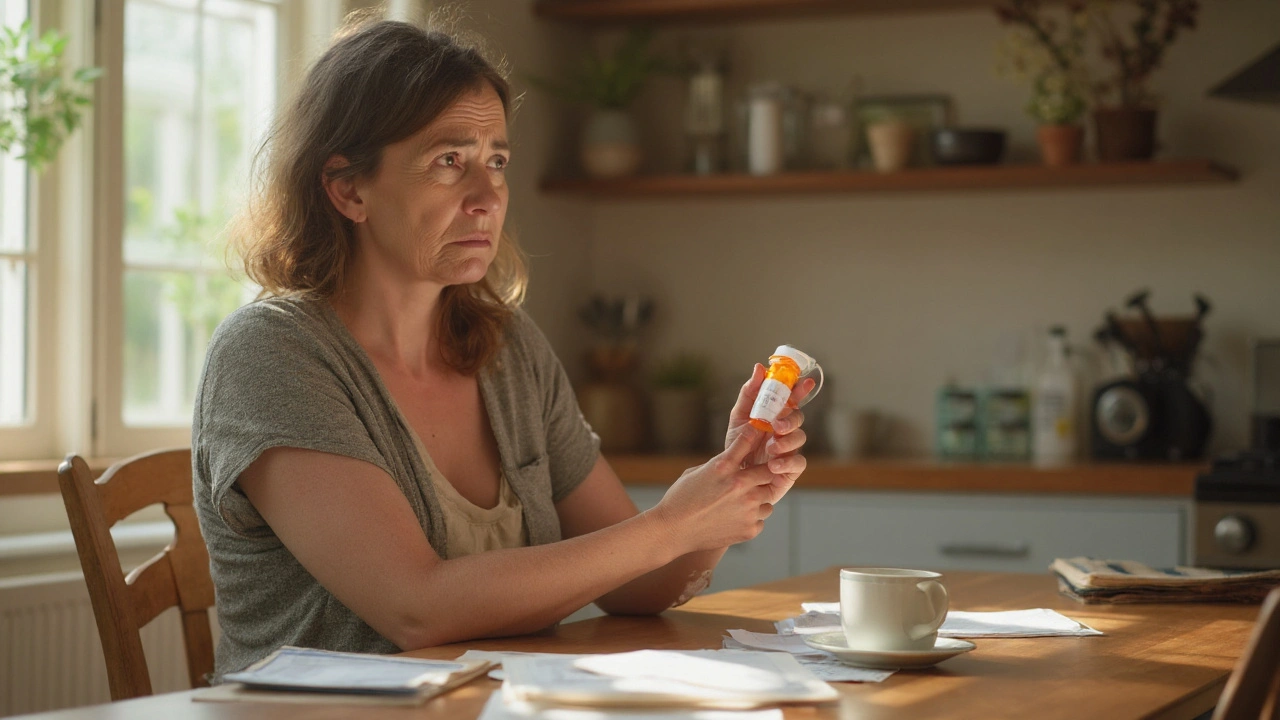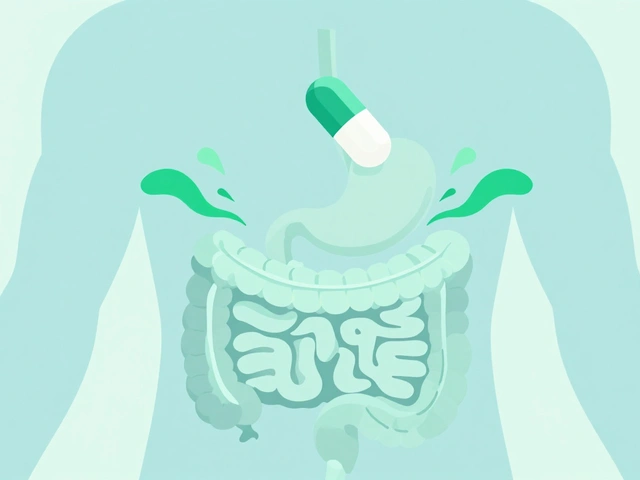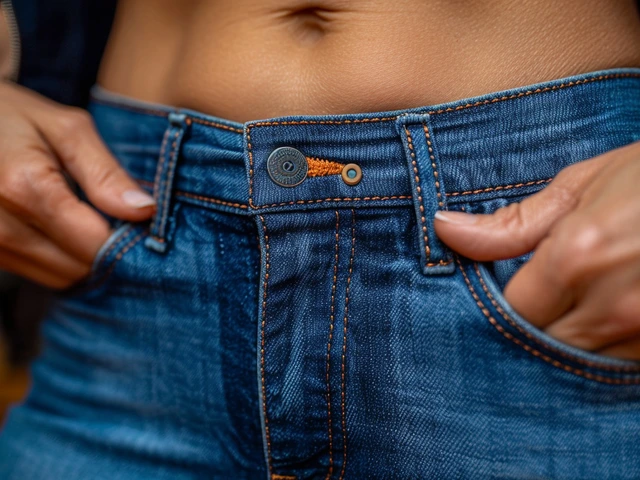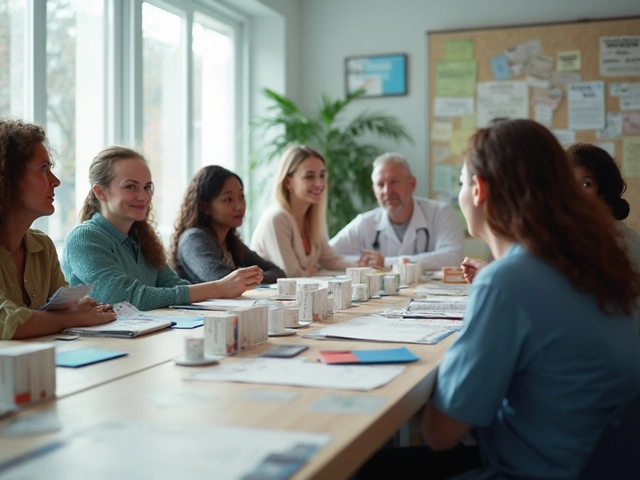Patient Assistance Programs: Quick Guide to Free or Low‑Cost Meds
Ever looked at a prescription price and thought, "No way I can afford that?" You’re not alone. Patient assistance programs (PAPs) exist to bridge the gap between the cost of medicine and what most people can actually pay. Below you’ll find clear, actionable advice on how to tap into these resources without the headache.
What Is a Patient Assistance Program?
A PAP is a fund, often run by drug manufacturers, nonprofits, or government agencies, that gives eligible patients free or heavily discounted medication. The goal is simple: make life‑saving drugs reachable for people who struggle with out‑of‑pocket costs. Most programs cover chronic conditions—think diabetes, asthma, HIV, or cancer—but many also help with short‑term treatments.
Who Can Apply?
Eligibility varies, but the common threads are income and insurance status. Typically you qualify if your household income is at or below 200‑400 % of the federal poverty level, or if you lack insurance altogether. Some programs also accept people with high deductibles or those whose insurance doesn’t cover a particular drug.
Don’t assume you’re disqualified just because you have a job or some insurance. Each program has its own thresholds, and a little paperwork can open doors you didn’t expect.
How to Apply – Step by Step
1. Identify the drug you need. Write down the exact name, dosage, and prescribing doctor. This information is required on every application.
2. Search for a program. Use the drug’s brand website, the manufacturer’s “patient assistance” page, or reputable sites like RxSavings or NeedyMeds. Many drug company pages have a simple “Check Eligibility” button.
3. Gather documentation. Expect to upload a recent tax return, pay stub, or a letter showing household income. If you’re uninsured, a statement from a clinic or a government ID often works.
4. Fill out the form. Most applications are online and take about 10‑15 minutes. Answer every question honestly—any mistake could delay approval.
5. Submit and wait. Review times range from a few days to a couple of weeks. While you wait, ask your pharmacy if they can hold the medication or provide a short‑term discount.
Pro tip: Keep a copy of everything you send. If the pharmacy asks for proof later, you’ll have it ready.
Extra Tips to Maximize Savings
Combine PAPs with coupons, formularies, or state drug‑discount cards for extra cut‑backs. Some charities also cover shipping costs, which can be a hidden expense. If you’re on multiple meds, apply for each one separately—programs usually treat each drug as its own case.
Don’t forget to renew. Most assistance lasts 6‑12 months, after which you’ll need to resubmit updated income info. Mark the renewal date on your calendar so you never miss out.
Finally, talk to your doctor. Physicians often know which manufacturers have active PAPs and can write the prescription in a way that qualifies you for help.
Getting medication shouldn’t be a gamble. By following these steps, you can turn a daunting price tag into an affordable solution. Check the resources listed, gather your paperwork, and take the first step toward lower drug costs today.
A deep dive into Alpelisib pricing, insurance impact, assistance programmes and real‑world out‑of‑pocket costs for breast cancer patients.



 Medications
Medications




